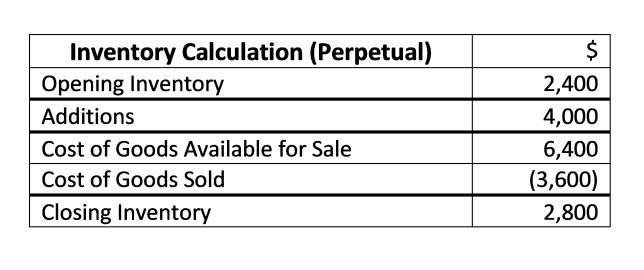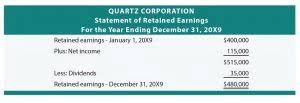
Accounts that typically have a debit balance include asset and expense accounts. Every Account in a double-entry ledger is categorized as debit normal or credit normal. Debit-Normal Accounts represent uses of funds (assets, expenses); Credit-Normal Accounts represent sources of funds (liabilities, equity, revenue).

An increase in equity, from owner investments or profits, is recorded as a credit, and a decrease is recorded as a debit. Increases in equity, such as from owner investments or retained earnings, are recorded as credits, while decreases are recorded as debits. A contra account has a normal balance opposite to its related account’s normal balance. Because owner’s equity accounts normally increase with credits, http://mediaxdesign.ca/2022/11/25/94538-sales-tax-rate-september-2025/ the owner’s distribution account, which reduces equity, increases with debits.

Knowing and applying these rules well ensures operating expenses line up with revenues. This makes the company’s financial activities clear and strengthens its financial reports. So, using normal balances right is key for good financial management. A normal balance is the expectation that a particular type of account will have either a debit or a credit balance based on its classification within the chart of accounts.

This increases the owner’s equity, reflecting the increase in the business’s overall value. Understanding normal balance is fundamental for maintaining accurate financial records and managing a business’s finances. It serves as a guide for bookkeepers and accountants, indicating the expected balance for each account type. This predictability helps identify unusual account balances, which could signal an incorrectly recorded entry or an unexpected financial event. Equity, also known as Owner’s or Stockholders’ Equity, represents the ownership interest in the company, essentially what remains after subtracting liabilities from assets. Equity accounts, including common stock and retained earnings, have a normal credit balance, increasing with credits and decreasing with debits.

These accounts usually have a credit balance, meaning an increase in liabilities is recorded as a credit, and a decrease what is normal balance in accounting is recorded as a debit. This reflects the obligation or claim against the company’s assets by external parties. Financial analysts usually use a 3 statement model in order to forecast and evaluate a company’s financial health. On the other hand, expense accounts carry debit normal balances because they reflect costs or expenses incurred by the business.
The effect of a debit or a credit on an account depends on the account type. For some accounts, a debit signifies an increase, while for others, it indicates a decrease. Conversely, a credit will increase certain accounts and decrease others. This interplay is how financial net sales events are systematically captured. This is because gain and revenue accounts normally have a positive account balance. The debit side of a liability account represents the amount of money that the company has paid to its creditors.